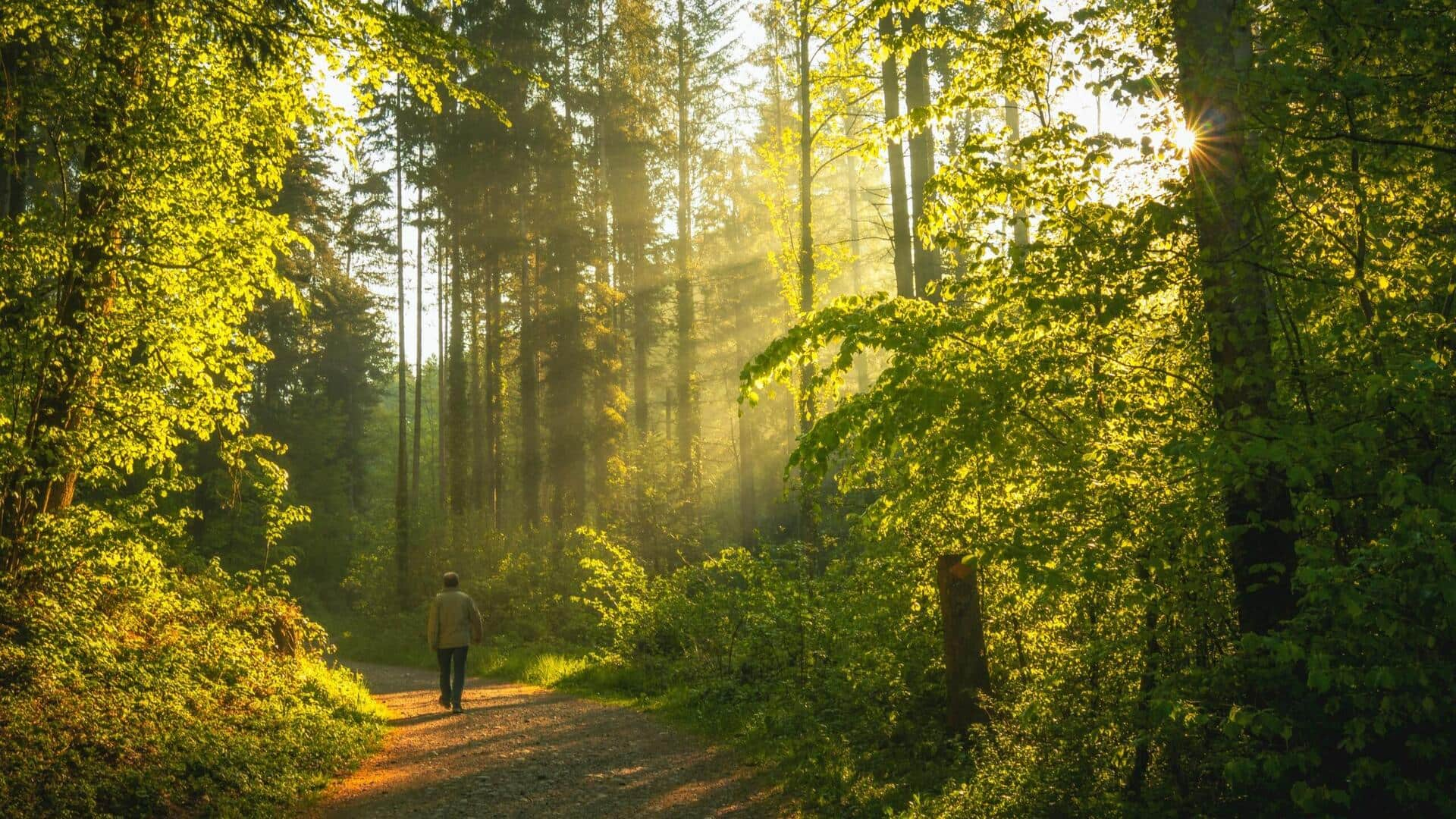
Eco-literacy nature walks: Learning Earth's language
What's the story
Eco-literacy nature walks are educational guided tours that aim to foster a stronger connection and understanding of the natural world among participants. These walks extend beyond mere physical activity, emphasizing the functioning of ecosystems, the importance of biodiversity, and the principles of sustainable human coexistence with nature. They provide an opportunity to engage with nature, gain knowledge about local flora and fauna, and understand ecology concepts through direct experience.
Ecosystems
Understanding local ecosystems
On eco-literacy nature walks, guides demystify the complex web of life that characterizes local ecosystems. Participants gain knowledge about various ecosystems, including forests, wetlands, and grasslands, and their crucial roles in sustaining ecological balance. For instance, wetlands serve as nature's water filters and provide vital habitats for numerous species. Comprehending these ecosystems fosters a sense of wonder and respect for the intricate relationships and dependencies that exist among life forms.
Biodiversity
Importance of biodiversity
Biodiversity, the diversity of life in a habitat or ecosystem, is essential. Guides illustrate how each plant, insect, and animal plays a role in ecosystem health and stability. For instance, bees are critical for pollination, affecting food production. This underscores the importance of urgently protecting biodiversity for our own survival.
Sustainability
Sustainable living practices
Sustainability practices take center stage on eco-literacy nature walks. Participants learn actionable strategies to reduce their environmental footprint, drawing inspiration from nature's own solutions. Conversations could revolve around composting organic waste, mirroring the forest floor's natural breakdown process, or imitating nature's closed-loop systems in agriculture to decrease dependency on chemicals. Such revelations highlight the potential for humanity to exist in greater harmony with the natural world.
Citizen science
Citizen science opportunities
Eco-literacy walks are designed to connect participants with citizen science projects. These projects involve collecting data on wildlife or plant species, helping scientists monitor environmental changes. For instance, learning to identify bird species or tracking plant flowering times not only provides valuable data but also fosters a deeper connection with the environment.
Preparation
Tips for enhancing your experience
To get the most out of your eco-literacy walk, wear comfy shoes and bring along water, a notebook or a camera for making observations. Keeping an open mind and being curious about new ideas makes learning fun. Show some love to wildlife by keeping your distance and keeping it quiet - you'll have way cooler nature experiences that way.